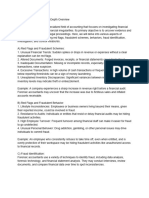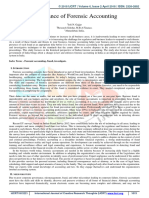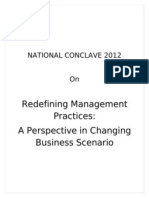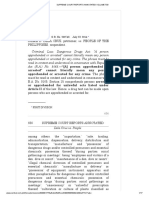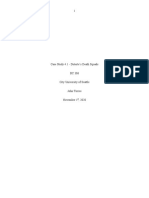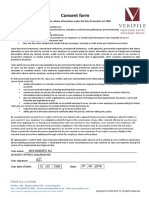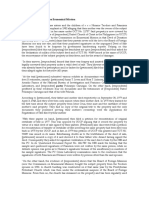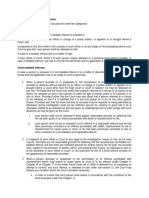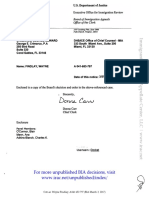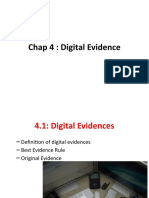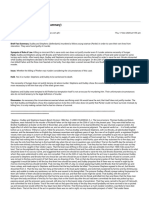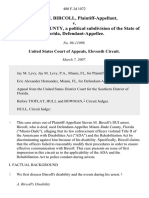Fraud Detection
In today’s complicated and competitive economic climate organizations face several dangers that
can jeopardize their integrity, reputation, and profitability. Fraud detection is one of the most
common reasons firms use forensic investigators. Fraud including embezzlement, asset theft,
financial statement manipulation, and corruption, posses a substantial danger to enterprises.
Detecting and mitigating fraud is an important reason why firms may need to conduct forensic
investigations.
Fraud may cause serious financial losses and legal obligations as well as reputational harm to
firms. The Association of Certified Fraud Examiners stated in 2022 that fraud costs firms around
5% of their yearly sales. This astonishing number highlights the necessity of fraud detection in
maintaining financial stability and the organizations are under increased pressure from
regulators, shareholders, and the public to preserve openness and avoid fraudulent activity.
Forensic investigations play an important role in detecting, investigating, as well as correcting
fraud before it causes harm.
To uncover fraudulent activity, forensic accountants and investigators use a variety of advanced
approaches such as data analysis, financial audits, and digital forensics. They study bank
transactions, check correspondence, utilizing analytical software to identify abnormalities and
patterns that may indicate fraud. For example, forensic data analytics can discover anomalous
patterns in transaction data, such as repeated minor currency transactions below the reporting
threshold, which could suggest attempts to escape detection.
I chose to concentrate on fraud detection since it is one of the most widespread and damaging
kinds of financial crimes for organizations all over the world. Fraud may have both immediate
financial consequences and long-term damage to a company’s brand and shareholders’
confidence. Forensic investigators are critical for detecting and stopping fraud before it turns into
a disaster. Furthermore, my interest in cybersecurity and information security is related to fraud
and detection, particularly in situations of cybercrimes where forensics may be utilized to track
digital traces and discover illegal actives such as financial.
� Citations
Association of Certified Fraud Examiners (ACFE). (2022). 2022 Report to the Nations: Global
Study on Occupational Fraud and Abuse. Retrieved from ACFE Website.
Biegelman, M. T., & Bartow, J. T. (2012). Executive Roadmap to Fraud Prevention and Internal
Control: Creating a Culture of Compliance. Wiley.
Singleton, T. W., Singleton, A. J., Bologna, G. J., & Lindquist, R. J. (2006). Fraud Auditing and
Forensic Accounting. Wiley.







